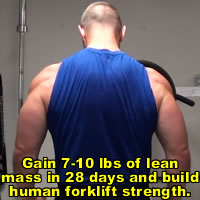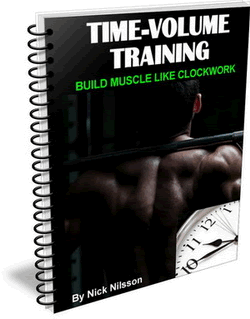When you do a squat or deadlift, all the power generated by your body to lift that weight goes through your feet.
Here's the problem: if you're wearing soft-soled running shoes (as most people do when training) that are designed to ABSORB impact and resistance, you're actually losing some of the force that should be going towards lifting that weight.
Think about it - when you lift the weight and push down hard, your feet squish down into the shoes. That pushing force is then lost (in fact, the downforce from the weight may even reduce the energy-absorbing effects of your running shoes over time as the soles get more and more compressed from the lifting).

If you wear solid-soled or thin-soled shoes (like court shoes) or even work boots (clean ones!), you're not going to lose nearly as much of that pushing force and you'll be able to move more weight.
If you've ever had trouble getting a deadlift off the ground or coming out of the bottom of a squat, try it with solid-soles or barefoot next time and see if you feel the difference.
If you've gone into a gym and seen somebody doing squats or deadlifts in barefeet or sockfeet, this is the reason why. With no shoes at all, they're minimizing any force that could be lost in their footwear.
If you decide to try squatting or deadlifting barefoot or sockfooted, just be very careful not to drop anything on your feet and put your shoes back on in between sets so you have protection from other people dropping things on them.
For squats in particular, you can use weightlifting shoes that have a high heel on them.
Learn how to force your body to build muscle and strength.
![]()
More From Fitstep.com
Share This Page...
---
Home -> Muscle and Strength -> Tips and Articles -> Shoes for Squats



